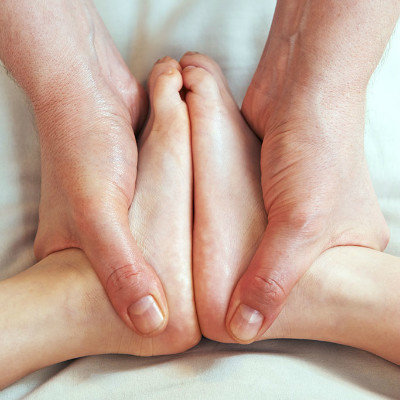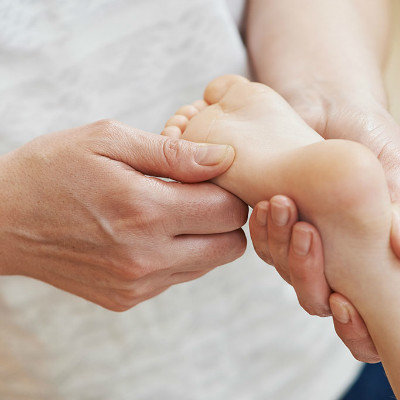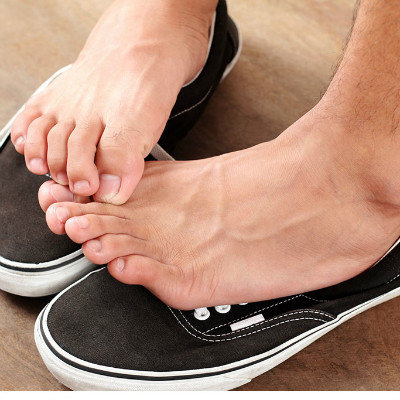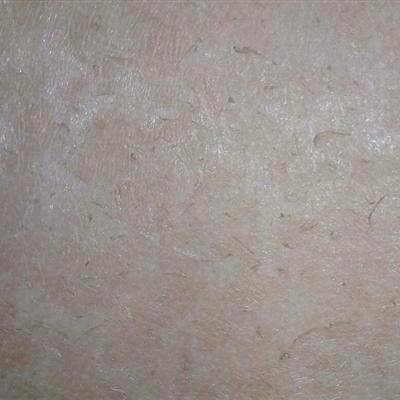Symptoms of calcaneal periostitis
summary
Periostitis is due to periosteum and periosteal vascular dilation, congestion, edema or subperiosteal hemorrhage, hematoma organization, periosteal proliferation and inflammatory changes caused by stress periosteal injury or septic bacterial invasion caused by infectious periosteal injury. Tell us about the symptoms of calcaneal periostitis
Symptoms of calcaneal periostitis
1. Local pain: dysfunction, muscle atrophy; Tenderness can be felt on the bone surface, some are limited, some are scattered. Local edema: pain, local soft tissue with mild depression edema.

Dyskinesia: after a large amount of exercise, the pain intensifies, and there is pain when touching and walking. Individual patients have nocturnal pain, mostly dull pain and involved pain, and severe stabbing pain and burning pain. Local congestion: periosteal thickening.

There was no obvious history of trauma, gradually onset, early symptoms were not obvious, only heel pain after exercise, gradually aggravated after training, limping when walking. In severe cases, the heel has limited swelling, skin burning sensation, back pedaling movement is weak, and the pain is severe, and it is difficult to walk. The examination showed that the patient had obvious tenderness in the middle and lower part of the medial edge of the heel, the height of the touch was uneven, and the pain was aggravated when the patient took off with the toe or squatted up. X-ray examination showed no obvious abnormality or periosteal thickening in most cases.

matters needing attention
All kinds of physical exercises should follow the principle of step by step, not in a hurry. 2. Before exercise, make preparations to enhance the adaptability of the heel. Don't suddenly increase the amount of exercise, and don't directly carry out intensity training without preparation. 3. Try to avoid exercising in hard and uneven areas.













